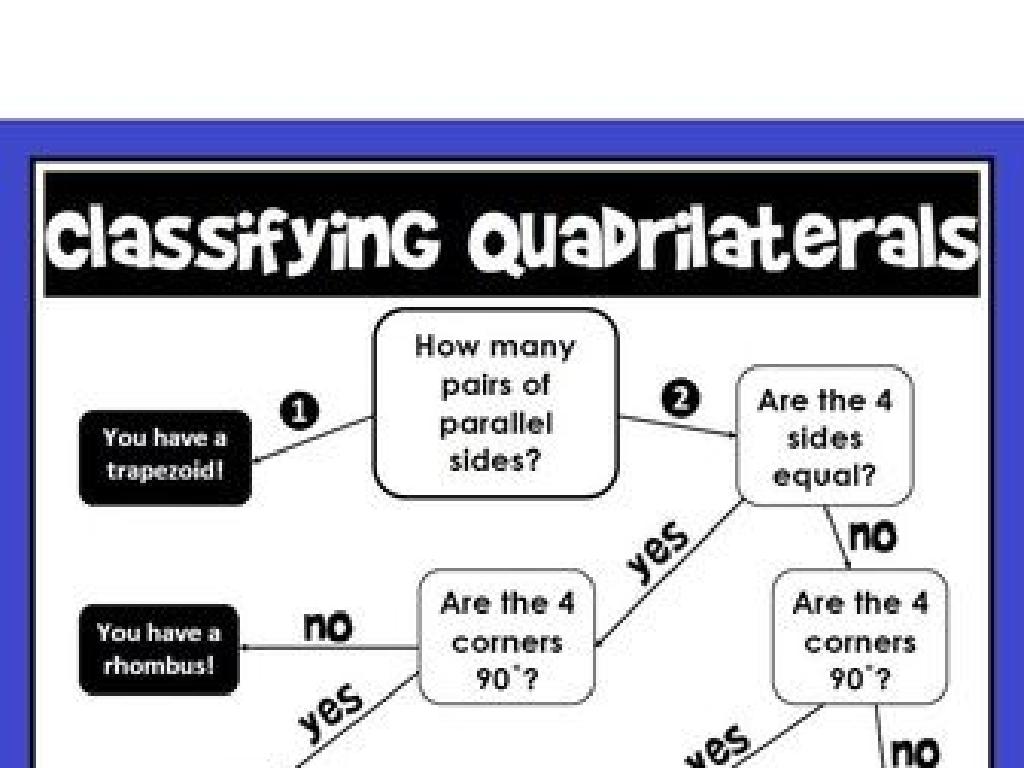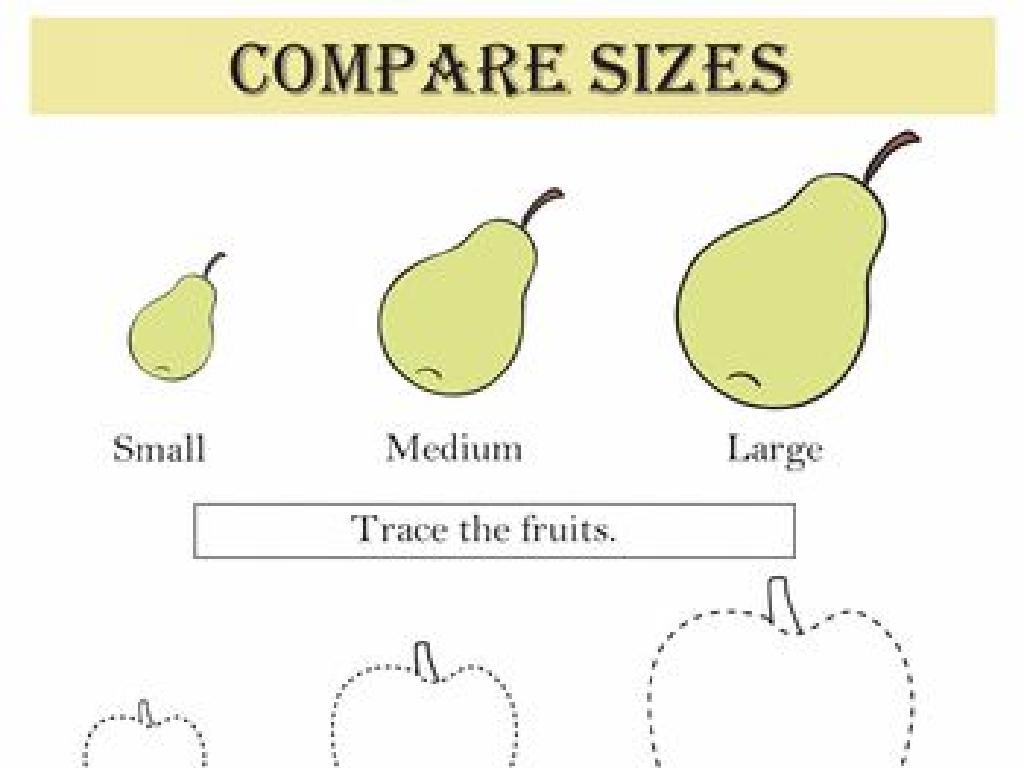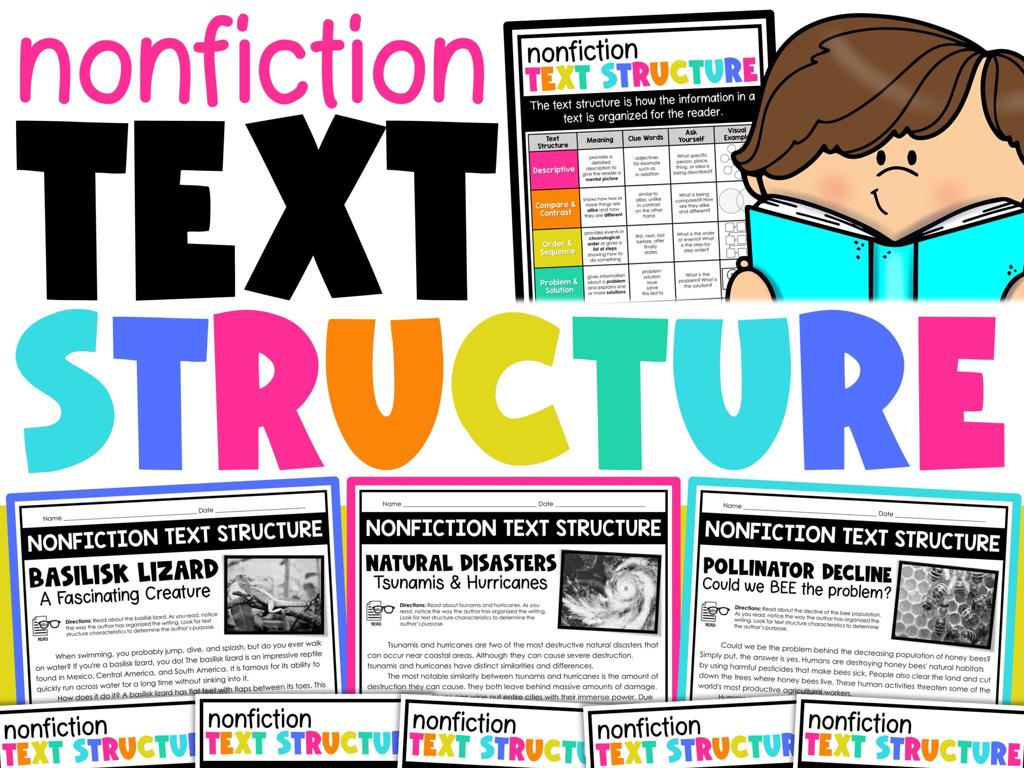Order Alphabetically: Challenge
Subject: Language arts
Grade: Fourth grade
Topic: Reference Skills
Please LOG IN to download the presentation. Access is available to registered users only.
View More Content
Welcome to Alphabetical Order!
– Becoming alphabetical experts
– Sorting words to find info fast
– Reviewing the alphabet
– Let’s sing or recite the ABC song together!
– Practice with fun activities
– We’ll sort words and play games to learn!
|
This slide introduces the concept of alphabetical order to fourth-grade students, emphasizing its importance in quickly finding information. Begin by engaging the students with the idea that they will become experts at ordering words alphabetically. Reinforce the practicality of this skill in everyday tasks such as looking up words in a dictionary or finding a book in the library. A quick review of the alphabet, possibly through a song or chant, will refresh their memory and set the stage for the lesson. Follow up with interactive activities where students can practice sorting words. This could include games, worksheets, or group challenges. The goal is to make the learning process enjoyable and memorable.
The Alphabet Review: Ordering Fun!
– 26 letters in the English alphabet
– Sorting letters A to Z
– Class alphabet practice
– Let’s recite the alphabet together as a class!
– Understanding alphabetical order
– Knowing the order helps us find words in a dictionary or sort a list.
|
This slide is aimed at reinforcing the students’ understanding of the English alphabet and its sequential order. Begin by reminding them that there are 26 letters, which can be sorted from A to Z. Engage the class in a fun activity by practicing the alphabet as a group to ensure they are familiar with the order. Emphasize the importance of knowing the alphabetical order as it is a fundamental skill in reference tasks such as looking up words in a dictionary or organizing items in a list. Encourage the students to think of other areas where alphabetical order is used, like in a library or when listing their classmates’ names.
Mastering Alphabetical Order
– What is alphabetical order?
– Arranging words by ABCs, like in a dictionary
– Alphabetical order in everyday life
– Like sorting books in a library or tracks in a playlist
– Why is it useful?
– Helps us find information quickly and stay organized
– Class activity: Organize words
|
This slide introduces the concept of alphabetical order, a fundamental skill in reference and organization. Begin by explaining that alphabetical order is a system of sorting words based on the sequence of the letters in the alphabet. Relate this to familiar examples such as how books are organized in a library or how songs might be arranged in a playlist. Discuss with the class why alphabetical order is important, prompting them to think about its usefulness in locating information efficiently. For the class activity, provide a list of words and have students practice arranging them alphabetically. This can be done individually or in small groups to encourage collaboration. Offer guidance and support as needed, and consider providing a few different lists to cater to varying levels of ability within the class.
Mastering Alphabetical Order
– Understanding single letters order
– Which is first: ‘B’ or ‘A’?
– Comparing words: ‘Apple’ vs ‘Ant’
– ‘Ant’ comes before ‘Apple’ because ‘n’ is before ‘p’
– Start from the first letter
– Look at the first letter to decide order
|
This slide introduces the concept of alphabetical order, starting with the very basics. It’s important for students to grasp that alphabetical order is the way we sort words based on the letters of the alphabet. Begin with single letters to ensure understanding of the alphabet sequence. Then, move on to comparing whole words, emphasizing that comparison starts with the first letter of each word. If the first letters are the same, then we look to the second letter, and so on. Use examples that are easy to differentiate, like ‘Apple’ and ‘Ant’, to illustrate the concept. Encourage students to practice with more examples and to explain their thinking process.
Mastering Alphabetical Order
– Alphabetical order review
– Second letter sorting rule
– If first letters are the same, second letters decide order.
– ‘Carrot’ vs. ‘Cat’ example
– ‘a’ in ‘Carrot’ comes before ‘o’ in ‘Cat’.
– Practice with class examples
|
This slide is aimed at reinforcing the concept of alphabetical order with a focus on what to do when words begin with the same letter. Start by reviewing how to arrange words alphabetically. Emphasize the rule for comparing the second letter of words when the first letters are the same. Use ‘Carrot’ and ‘Cat’ as a clear example to illustrate this rule. Then, engage the class with hands-on practice by providing a list of words to arrange in alphabetical order, ensuring that some words start with the same letter to apply the second letter rule. This activity will help solidify their understanding and ability to reference materials alphabetically.
Alphabetical Order: Flashcard Challenge
– Receive a set of word flashcards
– Arrange flashcards alphabetically
– Start with the first letter, then second if the first letters are the same, and so on
– Partner up to verify order
– Take turns, compare, and help each other
– Discuss any discrepancies
– If there’s a mismatch, review the words together
|
This hands-on activity is designed to reinforce students’ understanding of alphabetical order. Distribute flashcards with words to the students and instruct them to arrange the cards from A to Z. Encourage them to work closely with a partner to check their sequence. This peer review process will help them engage in collaborative learning and problem-solving. If discrepancies arise, guide them to discuss and resolve the differences, reinforcing the learning objective. As a teacher, circulate the room to offer assistance and ensure that each pair is on the right track. This activity can be differentiated by providing more challenging words for advanced students or offering guidance with starting letters for those who need extra support.
Class Activity: Alphabetical Order Race
– Teams compete in ordering words
– Each team gets a mixed word list
– First team to order list wins
– Teams must arrange their words from A to Z as fast as they can.
– Prize for the winning team!
|
This activity is designed to make learning fun and interactive by incorporating a competitive element. Split the class into small groups to ensure everyone participates. Provide each team with a list of words that are jumbled up and not in alphabetical order. The objective is for each team to arrange their list from A to Z as quickly as possible. Monitor the teams to ensure they are working together and correctly ordering the words. Consider a variety of prizes to keep the students motivated, such as stickers, extra recess time, or a homework pass. This activity will help reinforce their understanding of alphabetical order and reference skills in a memorable way.
Alphabetical Order: Homework Challenge
– Congratulate students on their hard work
– Homework: Sort a list of words alphabetically
– Use the skills learned today to order the words from A to Z
– Bring the sorted list to the next class
– Emphasize the value of practice
– The more you practice, the better you’ll get at it!
|
This slide concludes the lesson on alphabetical order and sets up the homework assignment. The homework is designed to reinforce the day’s learning by providing students with practical application of the skills they’ve acquired. Remind them to look at the first letter of each word, and if those are the same, to look at the second letter, and so on. Offer encouragement and remind them that mastering alphabetical order will help them in many areas of their academic and everyday life. Provide a diverse list of words to ensure that students encounter various scenarios where they have to decide the order based on second or third letters. In the next class, have a discussion about the homework, allowing students to share their experiences and learn from each other.






